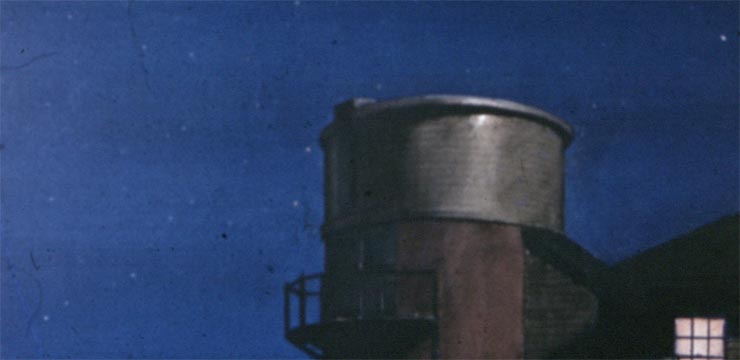
Post-meeting observing & LADEE lunar launch seen
by Matt White
Friday night held the promise of being a perfect night for viewing and none of us were disappointed. Several members had brought their own scopes and began setting up after the meeting.
Dave Huestis handed me the keys and I proceeded to open the Clark. He and Jim joined me in the dome a few minutes later. As we finished, several member and guests had gathered to observe.
I trained the Clark over to Mizar and Alcor, often referred to as “Horse and Rider”. This system appears as a naked eye binary but is, in reality, a quadruple (Mizar) paired with a binary (Alcor). This system is approximately 83 light years distant. Mizar A and B are very easily split, even at low power. Although Mizar and Alcor are not a true binary, they are part of the Ursa Major Moving Group. We kept the 25mm eyepiece, providing a magnification of 108 power.
Our next target was Albireo or Beta Cygni, the fifth brightest star in the constellation of Cygnus. This binary pair is about 380 light years distant and is one of the most beautiful objects in the heavens. At 35 arc-seconds, the pair is easily split even in a modest telescope and the object has the best color contrast (yellow/blue) of any double star. Albireo A also has a companion, but the separation is only .4 arc-seconds; too close to be resolved visually in a small scope.
After everyone had seen Albireo, Dave trained over to M13, a globular cluster in Hercules, sometimes called the Hercules Globular cluster. Containing approximately 300,000 stars, this globular cluster has a magnitude of 5.8 and is naked eye visible with dark skies and a clear night.
We trained back over to the constellation Lyra and zeroed in on M57, the Ring Nebula. A planetary nebula, 2300 light years distant, the Ring lies between Gamma Lyrae (Sulafat) and the eclipsing double Beta Lyrae (Sheliak). At magnitude 8.8, the ring is only visible through a telescope and can be somewhat elusive despite being located between two brighter stars. The central white dwarf is difficult to spot having a magnitude 14.
Another fine example of a contrasting double is Beta Lyrae, or Sheliak. I slewed the scope over from M57 and locked onto the blue/lilac pair. I had accidently stumbled onto this double a few evenings prior while doing imaging work with my new camera. The blue/lilac pair is actually an optical double as the eclipsing pair is too close to be resolved by visual means. This binary changes its apparent magnitude from 3.4 to 4.6 over a period of 13 days.
Our next target was M31, the Great Galaxy of Andromeda. At 2.2 million light years, this Galaxy is the most distant object which can be seen with the naked eye. Even through a telescope, only the bright central core can be seen. The only way to see this object in all its majesty is through astro-imaging. At 200,000 light years across, its size is almost twice that of our own Milky Way. The Andromeda Galaxy is on a collision course with the Milky Way, and the two galaxies will from a giant elliptical galaxy some 3.75 billion years into the future.
Our last object for the evening was Epsilon Lyrae, the celebrated “Double-Double”. This system is 162 light years distant and the widest two components are easily separated with a pair of binoculars. Each star is itself a binary with a separation of 2.6 arc-seconds. To separate each component, we increased the magnification to 213x allowing us to resolve both pairs.
We had about twenty members and guest join us over the course of the evening.



